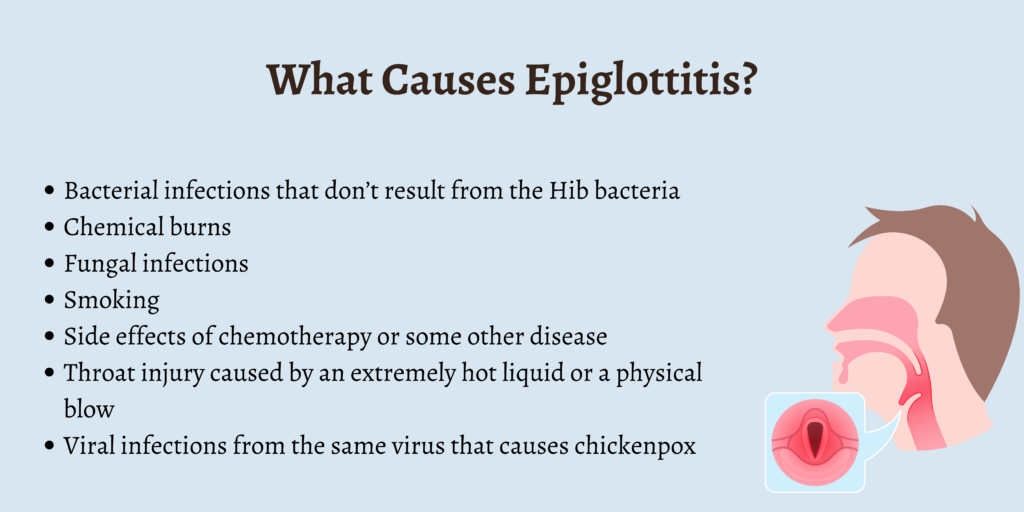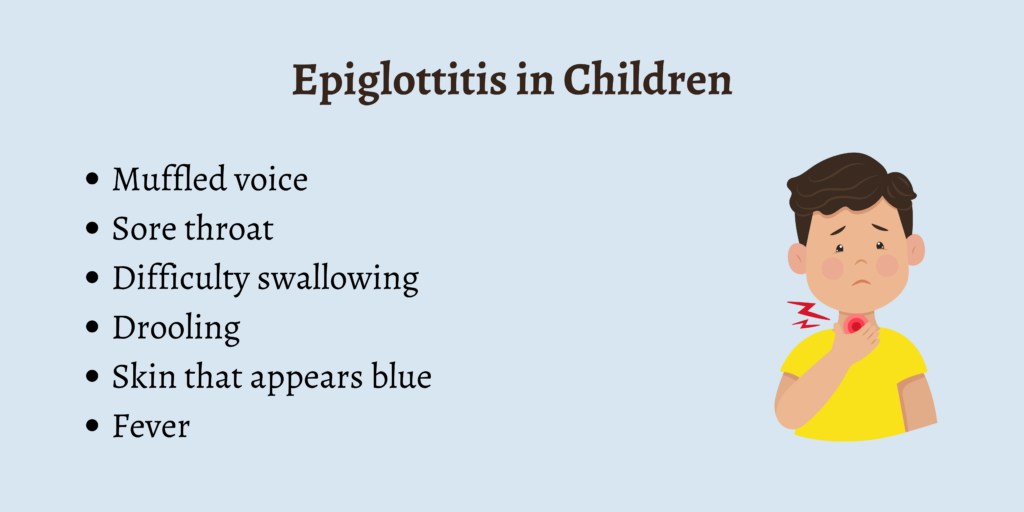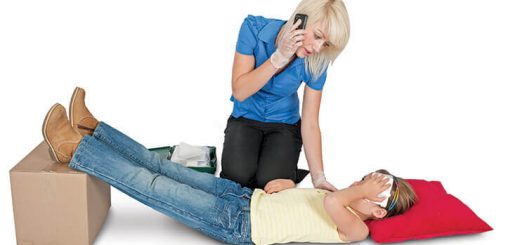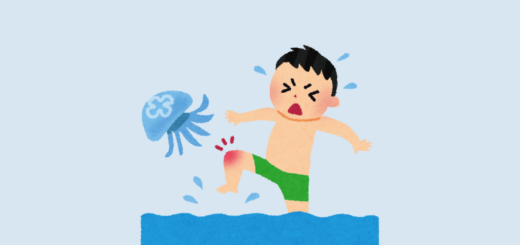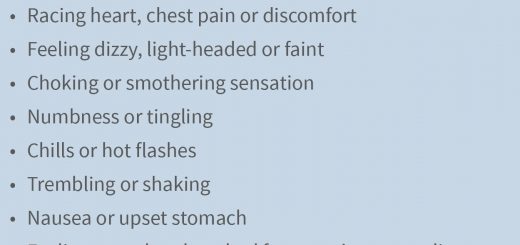First Aid for Epiglottitis
Epiglottitis is a condition that leads to swelling and inflammation of the epiglottis, which is a flap of cartilage situated in the throat behind a person’s tongue. The job of the epiglottis is to prevent liquids and food items from going down an individual’s trachea or windpipe as they swallow.
There is also the condition known as acute epiglottitis, wherein the symptoms of epiglottitis occur intensely and suddenly, such as difficulty in swallowing and breathing. It is a life-threatening condition that was once mainly seen among children but then came to affect adults as well.
If you or someone around you has epiglottitis, call the emergency medical services right away to get it diagnosed and treated immediately. In this article, we will be discussing the causes of epiglottitis, how it’s diagnosed, how to prevent it, and much more.
What Causes Epiglottitis?
Epiglottitis is mainly caused by the Haemophilus influenza type b (Hib) bacteria, which is the same bacteria that cause meningitis and pneumonia. Some of the other causes of epiglottitis include:
- Bacterial infections that don’t result from the Hib bacteria
- Chemical burns
- Fungal infections
- Smoking
- Side effects of chemotherapy or some other disease
- Throat injury caused by an extremely hot liquid or a physical blow
- Viral infections from the same virus that causes chickenpox
Signs and Symptoms of Epiglottitis
Symptoms of epiglottitis develop quickly in a previously healthy child or after a minor upper respiratory tract infection. They include:
- Sore throat and high fever (up to 105F) which appear suddenly
- Painful swallowing and drooling
- Irritability, agitation and fear
- A muffled voice that becomes scratchy or rasping as the condition worsens. The child may be completely unable to speak.
- Labored and rapid breathing, often noisy
- Skin pallor or blueness
- Characteristic posture: sitting up, leaning forward, mouth open, tongue protruding and neck extended forward— position that facilitates breathing
- Rapid and shallow breathing as obstruction increases
- Rapid heartbeat
What are the Four Ds of Epiglottitis?
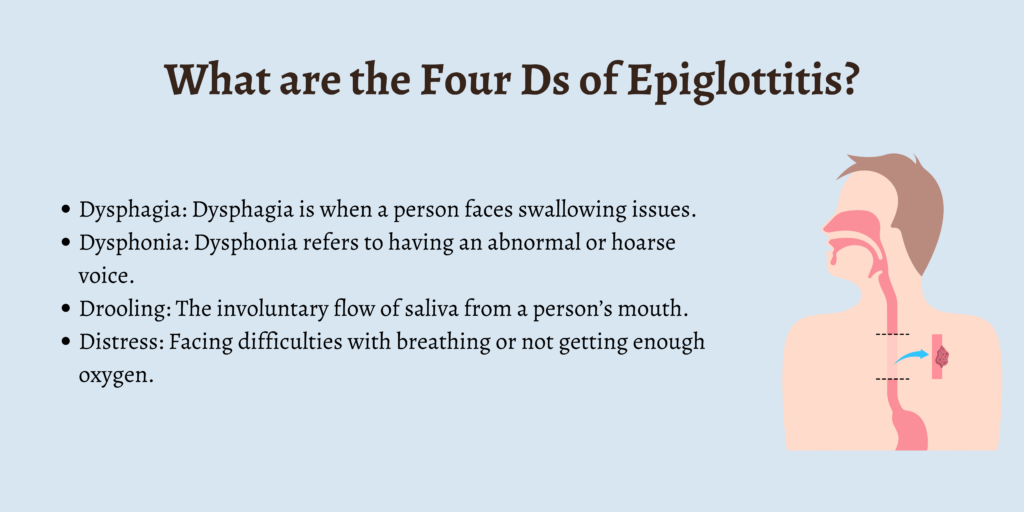
The four Ds of epiglottitis refer to the most common symptoms related to the condition, and they are:
- Dysphagia: Dysphagia is when a person faces swallowing issues.
- Dysphonia: Dysphonia refers to having an abnormal or hoarse voice.
- Drooling: The involuntary flow of saliva from a person’s mouth.
- Distress: Facing difficulties with breathing or not getting enough oxygen.
How Common is Epiglottitis?
Children between the ages of 3 to 5 were the ones who were mainly affected by epiglottitis before the Hib vaccination began to be used commonly in 1985. By 2000, the cases of epiglottitis in children reduced to 1 in every 100,000 due to the decrease in the occurrence of the Hib infection.
How is Epiglottitis Diagnosed?
The diagnosis for epiglottitis involves a physical exam and the doctor asking about your symptoms, after which they might conduct a couple of tests. Those tests could be:
- Culture tests: A culture test involves a throat swab to detect the presence of viruses or bacteria.
- Imaging tests: Imaging tests could include a CT scan or an X-ray.
- Laryngoscopy: Laryngoscopy is a test that examines a person’s throat by using a small camera.
- Blood tests: Blood tests help in determining if an individual’s blood has viruses or bacteria.
How Long does it take to Recover from Epiglottitis Treatment?
Most people recover from epiglottitis in about a week. Patients might have to spend somewhere between five to seven days as they receive the appropriate treatment for the condition.
Epiglottitis in Children
Children who don’t get the Hib vaccine face a higher risk of developing epiglottitis. The symptoms of epiglottitis in children are as follows:
- Muffled voice
- Sore throat
- Difficulty swallowing
- Drooling
- Skin that appears blue
- Fever
Once a child displays symptoms of epiglottitis, they need to be taken to a hospital immediately, where their breathing will first be brought under control, after which a doctor will check their airway. An X-ray or laryngoscopy could be recommended by some healthcare providers.
The treatment for epiglottitis in children can include:
- Administering IV fluids till the child can swallow properly again
- Steroid medication to bring down the swelling in the airway
- IV therapy that includes antibiotics if the condition is caused by a bacterial infection
Seeking Medical Attention
Always call for emergency medical help if you suspect a child has epiglottitis. Do not delay in calling for help under any circumstances. A child with epiglottitis should be taken to an emergency room immediately.
When in route to the hospital, follow these instructions:
- Do not inspect the child’s throat by suppressing the child’s tongue (with a spoon or another instrument). Doing so may completely block breathing.
- Do not allow the child to eat or drink.
- Do not force the child to lie down. Maintain the child’s sitting position, holding him in your lap.
Treatment of Epiglottitis
In the hospital, an emergency X-ray of the neck will be done to visualize the characteristic swelling of the epiglottis. Oxygen may be delivered via an oxygen mask. More commonly, a tube attached to a ventilator may be inserted through the child’s nose into the windpipe to ensure an open airway. Once breathing is stabilized, the medical team will place the child on antibiotic therapy, (usually intravenous) to treat the underlying infection. In rare cases, a tracheostomy (an opening is made in the neck to insert a breathing tube directly into the windpipe) may be needed. Ventilation support may be withdrawn within eight to 12 hours, but in some cases is needed for several days.
How to Prevent Epiglottitis
While preventing epiglottitis isn’t always easy, there are certain measures one can take to reduce the risks associated with it, and those measures include:
- Maintaining good hygiene: Wash your hands frequently and whenever necessary, and avoid placing your fingers in your mouth, nose, and eyes.
- Staying updated with your vaccinations: Make sure your child receives all the important vaccinations to protect them from infections.
- Being careful of throat injuries: Smoking or consuming liquids that are too hot can amplify the risk of epiglottitis.
- Protecting yourself from infections: Keep yourself protected from infections, especially when you’re around those who are sneezing or coughing.
FAQs
1. What are the symptoms of epiglottitis?
The symptoms of epiglottitis include sore throat, fever, drooling, and difficulty in breathing and swallowing.
2. How to prevent epiglottitis?
Epiglottitis can be prevented by practicing good hygiene and staying updated with all your vaccinations.
3. Can epiglottitis affect people of any age?
Yes, epiglottitis can affect people of any age.
4. Can epiglottitis be contagious?
Yes, epiglottitis can be contagious if it occurs due to a viral, fungal, or bacterial infection.
5. How long does it take to recover after receiving treatment for epiglottitis?
It often takes people about a week to recover after receiving treatment for epiglottitis.
Conclusion
Epiglottitis can be contagious if it’s caused due to a viral, fungal, or bacterial infection, as it can spread from one individual to another due to respiratory droplets. However, in case epiglottitis occurs in a person due to smoking or injury, it can’t be contagious.
Going to the nearest emergency room is imperative the minute someone displays symptoms of epiglottitis. By receiving the right treatment quickly and efficiently, patients can recover from epiglottitis within a week.

